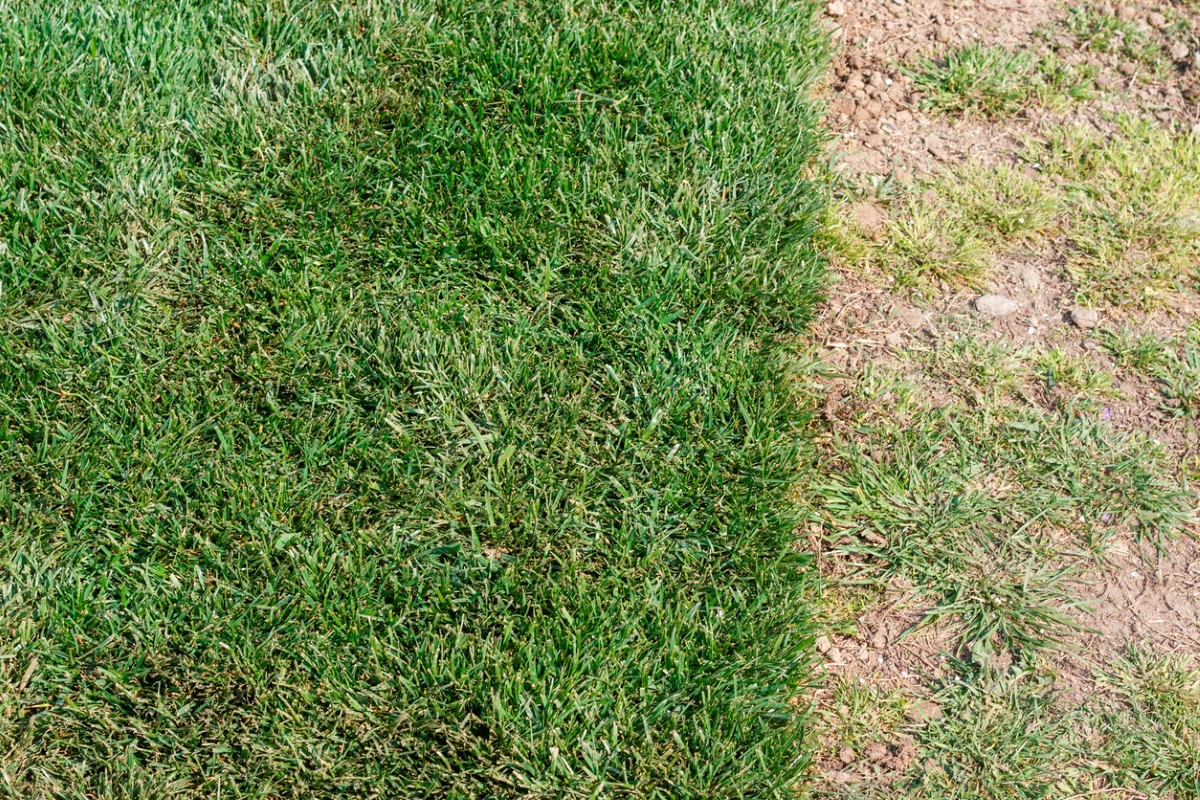We may earn revenue from the products available on this page and participate in affiliate programs. Learn More ›
Top-dressing a lawn is a fancy term for amending the soil without disturbing the sod. Golfers might be familiar with the practice because this technique was first performed on golf courses in Scotland as a way to improve the greens, and dates back to the 15th century, which is as far back as the invention of the game itself.
Lawn topdressing is a treatment that improves the soil quality, and thus, enhances the growth of healthy grass. Sometimes referred to as compost topdressing, the process involves adding a thin layer of organic material to all or parts of the lawn.
Benefits of Top-Dressing a Lawn
Top-dressing a lawn is an easy DIY project with several benefits:
- It is an effective way to add nutrients and organic matter to the soil. This promotes root growth, resulting in stronger, healthier grass. Root growth also improves soil structure as well as the soil’s ability to retain water.
- There will be less need for fertilizing if you top-dress the soil.
- Top-dressing is a natural way to reduce the formation of thatch.
- It stimulates bacterial activity that builds up beneficial soil microbes. It can also neutralize the pH of the soil.
- Top-dressing can improve aeration. As soil organisms break down the compost, it opens up air pockets that allow more oxygen and rain to reach the roots of grass.
- It helps seed germination, which is particularly helpful if you’re overseeding the lawn to fill in bare spots.
Top-dressing also can help level uneven terrain caused by worm castings, water runoff, or freeze/thaw cycles.
When to Top-Dress a Lawn
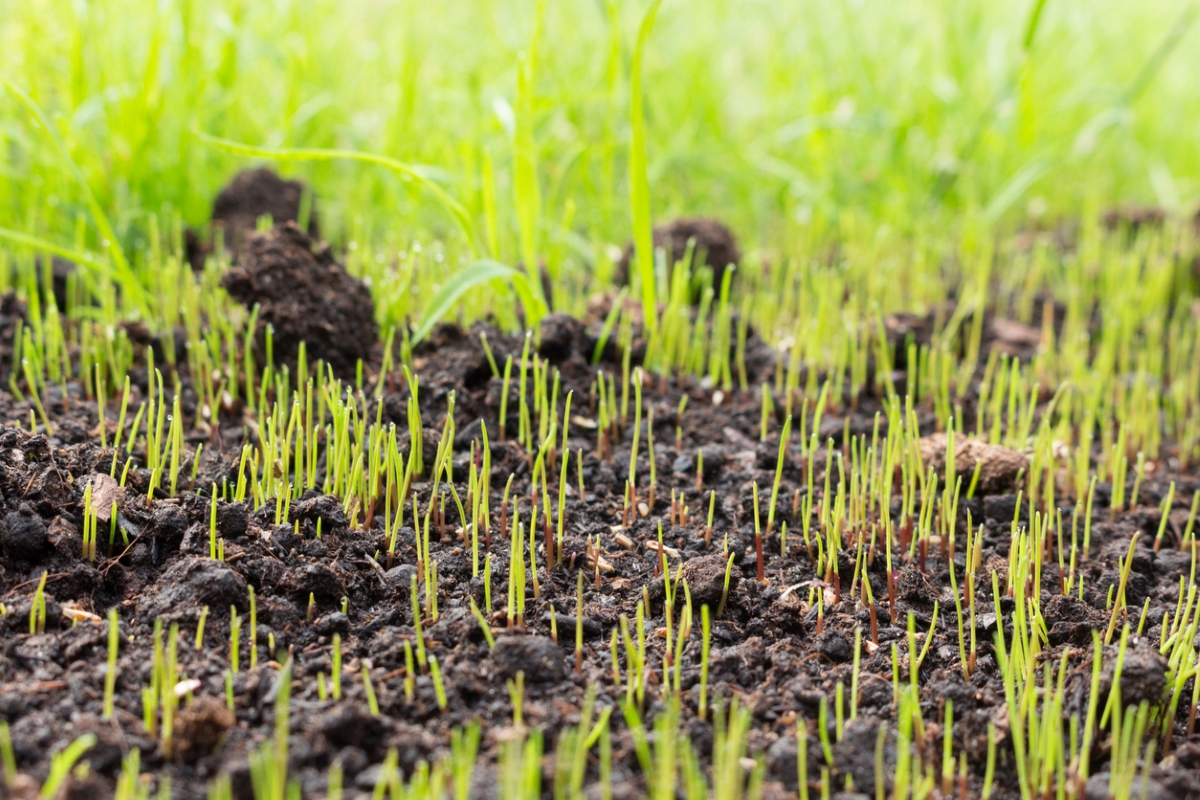
There’s no specific time for when to top-dress a lawn. However, it’s best to do it while the grass is actively growing. Cool-season grass types do better if they’re top-dressed in late fall, while warm-season grasses benefit from a late spring topdressing.
You also can top-dress a lawn when overseeding it if the lawn shows drainage problems, or when you think the grass needs extra nutrients. Other signs that it’s time for topdressing include:
- Yellowing grass
- Wet, soggy grass long after being watered or rained on
- Bald patches
- Persistent weeds
- Disease
For all-over lawn topdressing, once every few years should suffice. Topdressing more frequently than that could raise the level of the lawn and create new drainage issues. Top-dressing bare spots can be done as needed.
Best Topdressing Materials
There are several different materials that can be used for top-dressing a lawn. The choice of topdressing soil will depend on the type of soil already under the grass. For optimal results, select a material close in texture and composition to the existing soil. If the topdressing consists of a drastically different soil type, it creates a distinct layer that could impede air and water circulation, resulting in a decrease in turf quality.
Compost
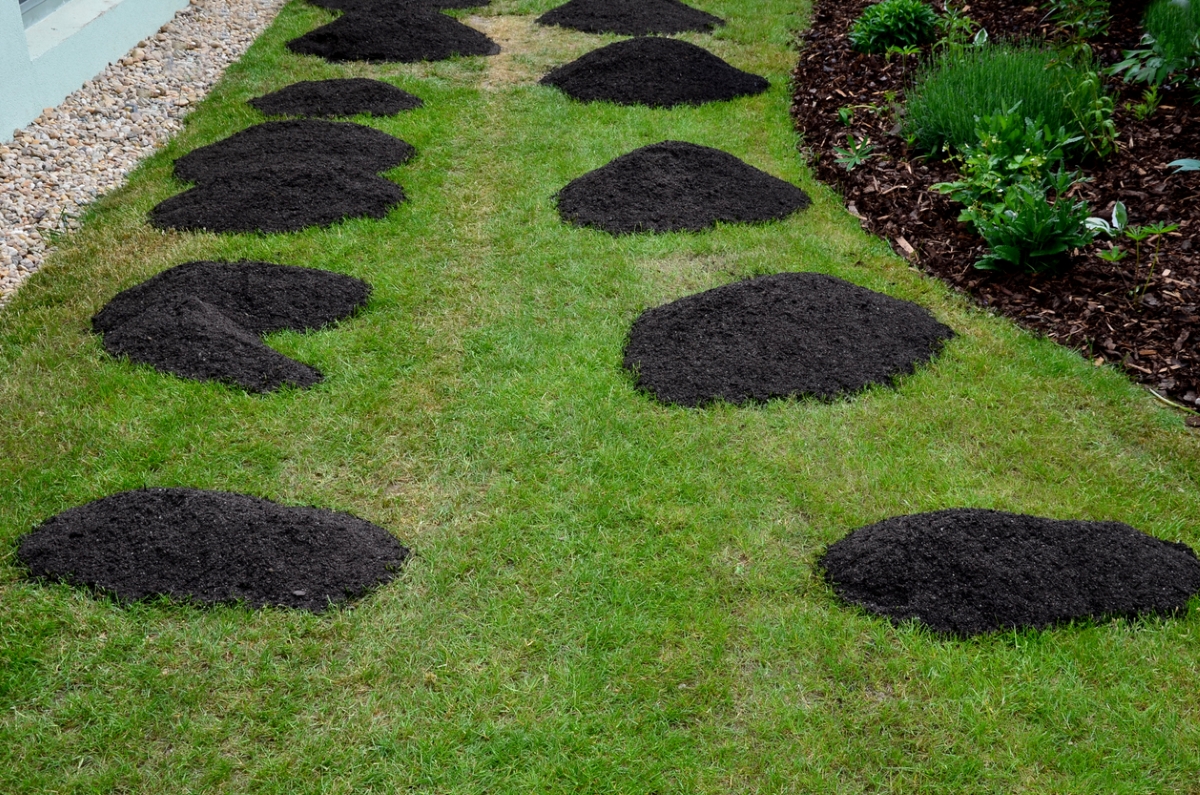
Generally considered the best topdressing for lawns, compost is the most commonly used additive and is the preferred material for all soil types because it contains micronutrients and macronutrients. Compost also has beneficial microbes that break down organic matter and release nutrients to improve the soil. Since it moves to the ground more quickly than other materials, it’s more effective sooner, especially if the particles are fine.
Commercial compost can be purchased, or gardeners can make their own compost using leaves, grass clippings, and some food scraps.
Sand
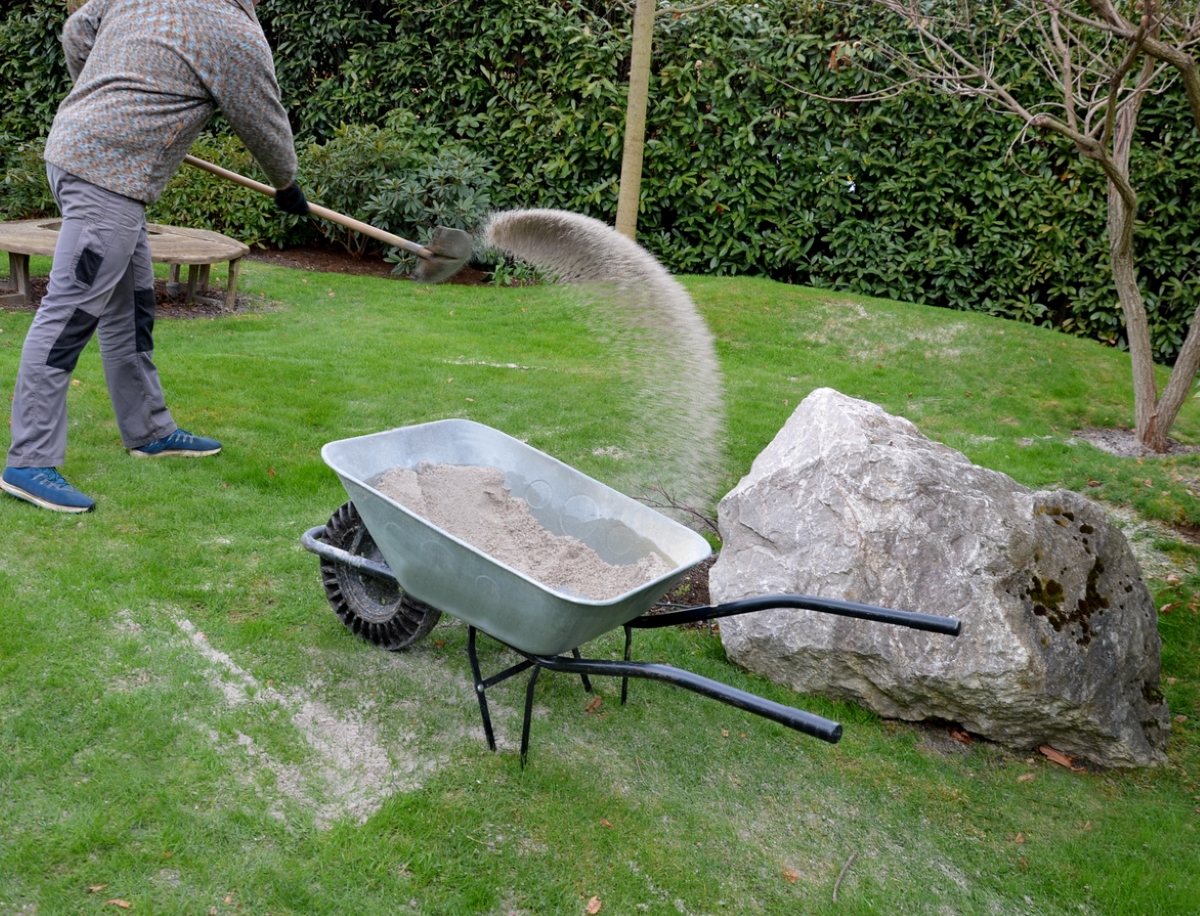
Topdressing sand is a good choice when there are drainage problems because it resists compaction. For this reason, it’s often used in combination with heavy clay soil. Its texture can add smoothness to a lawn and reduce thatch, which is why golf courses often use sand. Sand can also improve the drought tolerance of the soil and help grass develop a better root system.
Topdressing sand should have medium-size particles (not too fine or too coarse) and be lime-free. Mason sand often is considered the best for top-dressing, although concrete sand and sugar sand (beach sand) can be used.
Topsoil
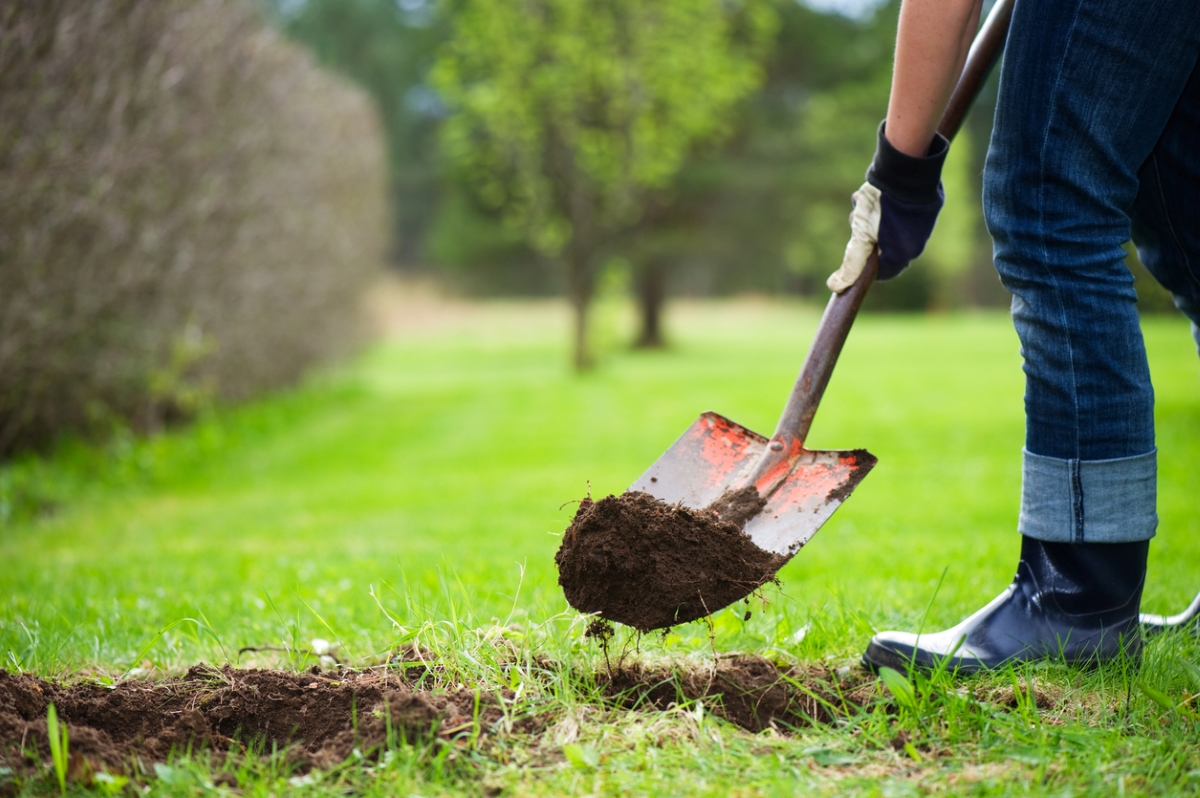
Topsoil is a good choice for topdressing on lawns that need leveling or grading. If your lawn topsoil has holes to be filled in, topsoil for grass is a logical option. It can also be a less expensive material to purchase. However, topsoil lacks the nutrients contained in compost.
To overcome both those issues and create the best topsoil for grass in their lawn, some homeowners blend materials. Adding topsoil to either compost or sand (or both) can be an economical method of top-dressing a lawn.
How to Top-Dress a Lawn
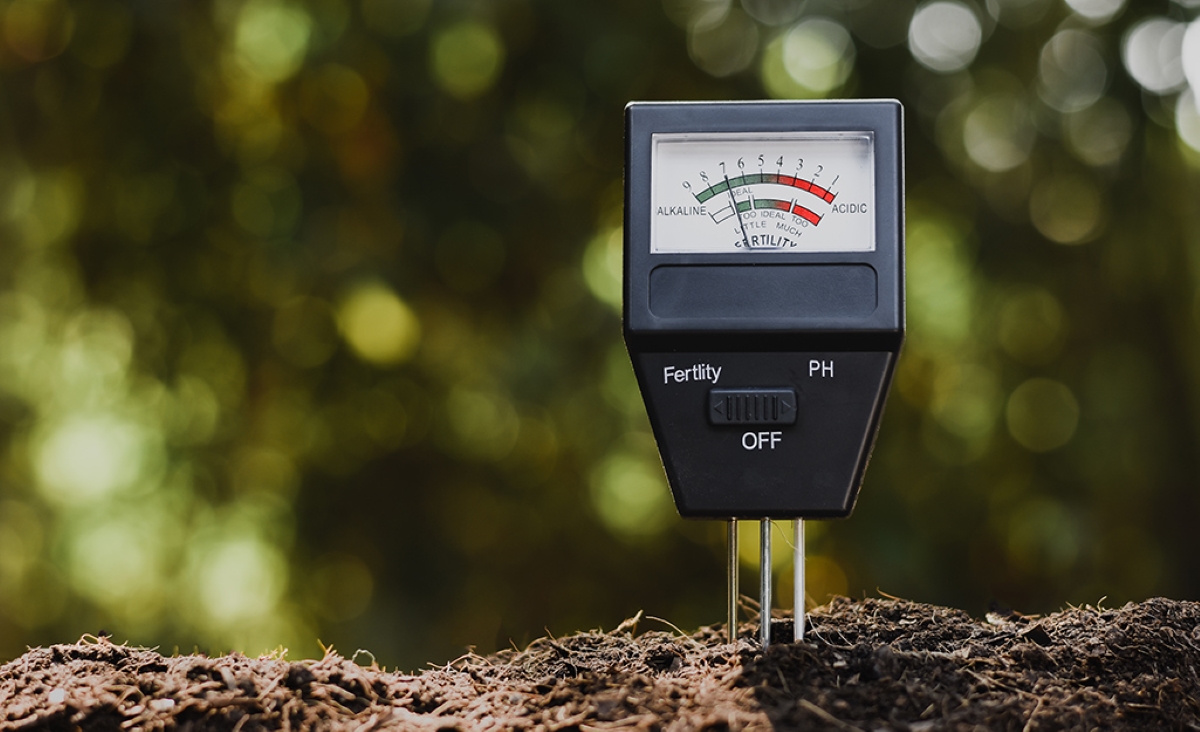
Top-dressing isn’t a difficult lawn task. Depending on the size of your yard, it’s possible to complete this task in a day. It’s a labor-intensive job, but DIYers can speed it up by renting a motorized spreader. You’ll want to follow these basic steps in order for best results.
- Test your soil. It’s important to determine the soil’s pH and any possible nutrient deficiencies to identify whether it needs amending.
- Aerate. If thatch is thicker than ½ inch, the lawn should be dethatched. This can be completed using a rake, power rake, or aerator. Dethatching will allow the topdressing material to reach the soil more easily and more quickly.
- Remove all weeds, either manually or by using an herbicide.
- Mow the grass as short as possible. The grass blades shouldn’t bend when applying the topdressing. Either bag the clippings as you mow or remove them afterward, along with any loosened thatch and core aeration plugs.
- If you plan to overseed, spread the seed next. The topdressing will help with germination.
- Shovel the topdressing onto the lawn. Start with a small amount to cover just a few square feet at a time. Some experts recommend flinging the material in the same kind of motion used to hit a hockey puck. This helps spread the material in a thin (¼- to ½-inch deep) layer. If the topdressing material is dry and fine, you can use a spreader instead.
- Gently rake in the material.
- Finish by watering in the material. This helps it get down to the soil surface so it can start working. Watering in the early evening helps the moisture to last longer.
If you need to fertilize your lawn, it’s usually best done after top-dressing, although some experts recommend doing it a few weeks prior to top-dressing. However, top-dressing first can make it easier for the grass to take up the fertilizer.
Don’t mow for a week to 10 days after topdressing.

